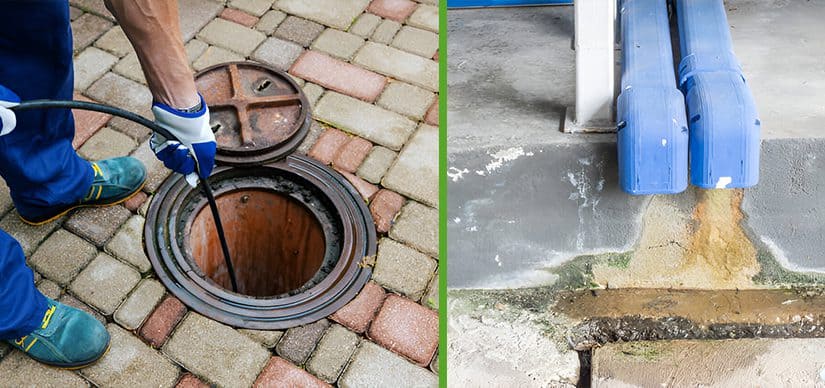How do plumbers detect a leak in the slab?
Plumbers use high-tech tools to pinpoint leaks. One of the most precise methods involves using tiny cameras on long, flexible cables. These cameras are inserted into pipes to provide a clear view of any damage or leaks.
How can I stop slab leaks and clogged drains?
Watch out for your gardens, clean your drains frequently, take care of the water heater, and arrange plumbing inspections to help avert these issues.
Do slab leaks pose a threat
?Slab leaks can indeed be highly dangerous. They may result in structural damage to your house, mold growth, and electrical issues.
Is it possible to stop slab leaks?
Although there is no way to ensure there are no slab leaks, controlling water pressure and doing routine plumbing inspections can help lower the risk.

